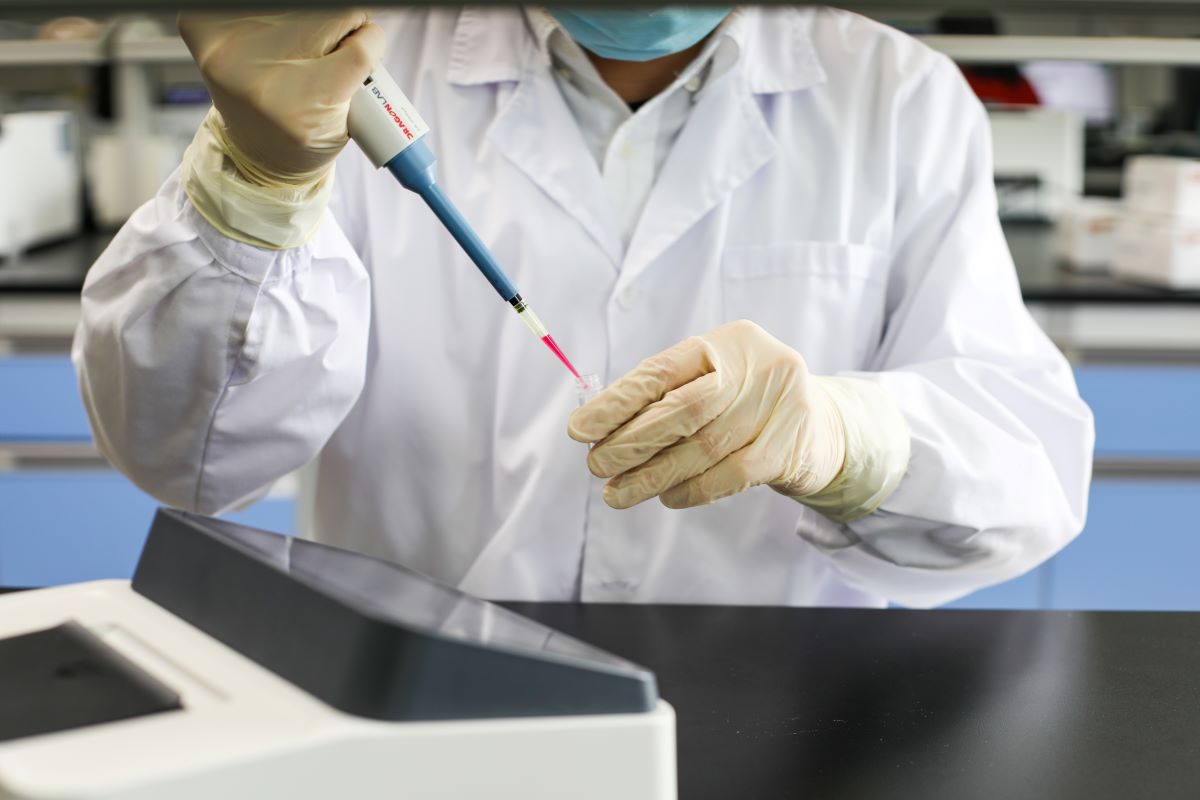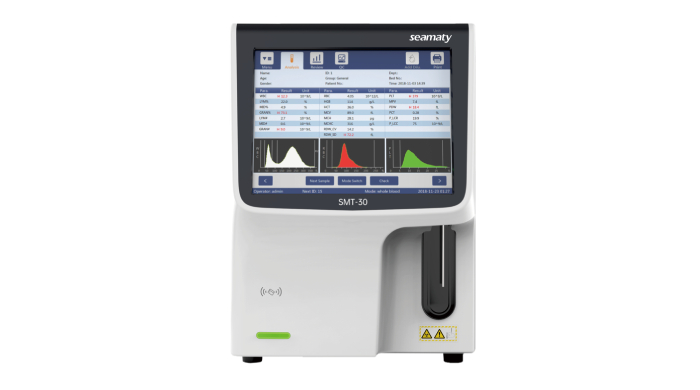release time:2022-10-13 16:51:56
Critically ill patients suffer from disturbances in the internal environment of the body. It is often accompanied by multiple organ dysfunction, especially pulmonary and renal dysfunction. This is very likely to be complicated by arterial blood gas abnormalities and acid-base balance disorders. Severe disorders of acid-base balance may in turn affect the function of vital organs. Sometimes it is the direct cause of death of the patient. Therefore, timely and correct recognition and management is often one of the key factors in saving the patient.
1. essential indicator to evaluate the patient's respiratory, oxidative and acid-base balance status (fast and accurate)
2. One of the indicators to detect serious respiratory and pulmonary diseases (asthma, respiratory failure)
3. To provide the basis for oxygenation or assisted breathing (ventilator).
4. To detect acid-base balance in the body (heart failure, kidney failure, severe diabetes, severe infection, alcoholism).
1. Essential indicator to evaluate the patient's respiratory, oxidative and acid-base balance status (fast and accurate).
2. One of the indicators to detect serious respiratory and pulmonary diseases (asthma, expiration).
3. To provide the basis for oxygenation or assisted breathing (ventilator).
4. To detect acid-base balance in the body (heart failure, kidney failure, severe diabetes, severe infection, alcoholism).
The biggest advantage of the wet blood gas analyzer is that it can process samples in bulk. The cost of testing is lower. However, the disadvantage is that the machine is large and not easy to move. In addition, since wet blood gas analyzers have an internal liquid circuit, the liquid circuit can become clogged. Maintenance has to be performed frequently and the electrodes have to be replaced regularly. And the cost of electrodes is high.

2024-02-02
Your competitors have a secret weapon: POC analyzers. Discover 5 game-changing benefits of POC analyzer for faster diagnoses, happier patients, boosted efficiency, and a competitive edge. Plus, access free resources to choose the perfect fit for your clinic.

2022-09-18
Hematology analyzers, also known as cbc machines, are mainly divided into fully automatic and semi-automatic instruments on the market today.The difference between 3-Part and 5-Part Hematology Analyzer?

2021-09-30
With a fully automated biochemistry analyzer, the entire process from sample loading to result generation is done automatically by the instrument. The operator only needs to place the sample in a specific position on the analyzer. The operator then selects the program and starts the instrument to wait for the test report.